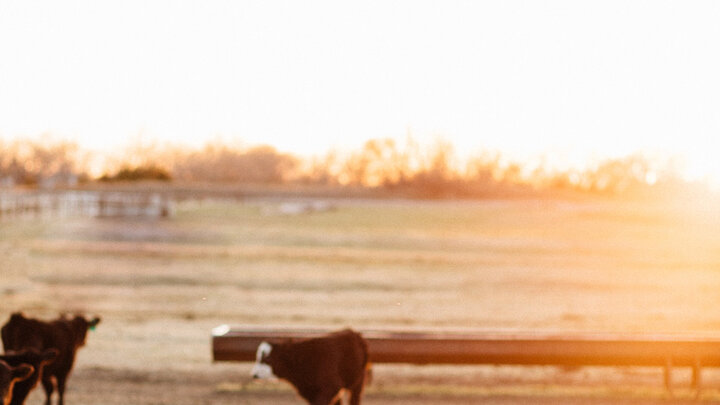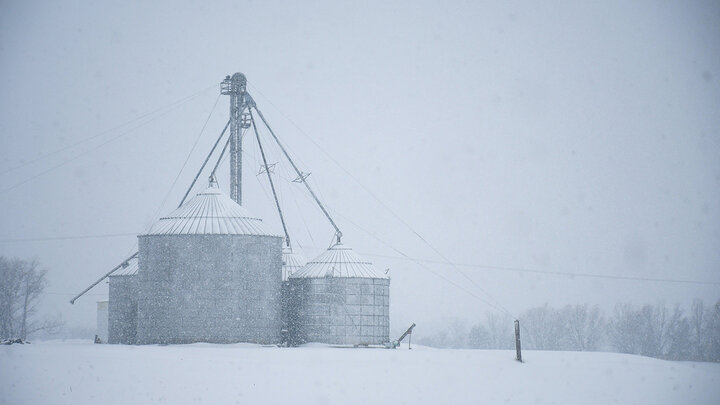So we pay county inheritance taxes when we inherit property in Nebraska. That’s right. But there are two important exceptions: the surviving spouse of the person who has died pays no inheritance tax, and – beginning January 1, 2023 – anyone under age 22 pays no inheritance tax. That latter provision was part of LB310, introduced by Sen. Robert Clements of Elmwood.
So how do inheritance taxes work? Basically it depends on how closely the person receiving the inheritance was to the person who died, i.e. the person who left the inheritance. The closest family members pay the lowest inheritance taxes, more remote family members pay a higher inheritance tax, and all other persons receiving an inheritance pay the highest inheritance tax.
How was this modified by LB310? Generally LB310 raised the amount of property that is exempt from inheritance taxes and lowered the tax rate on the property that is taxed.
So who are the relatives that are closest to the person who died? This would include brothers and sisters, children, grandchildren, great grandchildren, parents, grandparents and great grandparents, and their spouses. Adopted children are treated as natural children.
And what do these relatives pay on inheritances? Currently, the first $40,000 of the inheritance is not taxed. Anything above $40,000 in value is subject to a 1% inheritance tax.
How is this changed by LB310? The exempt amount increases from $40,000 to $100,000, effective January 1, 2023. The 1% inheritance tax rate stays the same.
Who are the more distant relatives? Aunts, uncles, nieces, nephews, their descendants and their spouses.
And what do these relatives pay on inheritances? Currently the first $15,000 of the inheritance is not taxed. Anything above $15,000 in value is subject to a 13% inheritance tax.
How is this changed by LB310? The exempt amount is increased from $15,000 to $40,000 and the inheritance tax rate is reduced from 13% to 11%, effective January 1, 2023.
Who are the remaining persons receiving inheritances? Basically anyone else. This could be e.g. a neighbor, an employee, or a friend.
What do these folks pay on inheritances? Currently the first $10,000 of the inheritance is not taxed. Anything above $10,000 in value is subject to a 18% inheritance tax.
How is this changed by LB310? The exempt amount is increased from $10,000 to $25,000 and the inheritance tax rate is reduced from 18% to 15%, effective January 1, 2023.
How is inheritance tax paid? Determining the amounts of inheritance taxes paid is part of the estate settlement process. This means that most of the work will be done by the attorney doing the legal work for settling the estate. The property must be valued (at fair market value) so that inheritance taxes due can be calculated. Generally, inheritance taxes are paid to the county or counties where the inherited property is located. Generally, property may not be inherited until the inheritance tax is paid.




